Life
Medicine and ‘Spiritual Healing’
– The Man Who Didn’t Want
to See
No form of medicine can guarantee a
‘cure’ for any illness – not least one whose basic principle is
that ‘the illness is the cure’. The types of truly effective
self-healing that Life Doctoring can aid in therefore also require a
readiness on the part of the individual patient to alter deep-seated
and fundamental beliefs about
the nature of medicine, health, illness and healing – and to
concentrate primarily on
attaining insights into the meaning of their illness rather than
seeking to get rid of it through either conventional or alternative
forms of medical treatment. This readiness to alter basic beliefs and
interest in understanding both themselves and their illness more
deeply may not always be present in the patient. If they also lack
experience of any form of inter-personal counselling or therapy –
or even have a negative view of it – such a readiness and interest
may also be difficult to cultivate. Nevertheless, the importance of
the type of insight into the meaning of an individual’s illness
that Life Medicine offers can even be exemplified by precisely this
kind of unready patient, unwilling to see or change their fixed
beliefs.
Case Example 4
The patient had, since 2003, been
suffering from progressively worsening vision due to a retinal
detachment in both eyes. Still being able to read, though only with a
magnifier and book rest and more slowly and not as easily as someone
with healthy eyes, Life Doctoring was conducted on a correspondence
basis.
The Life Doctor was first contacted by
the patient by e-mail for three reasons. Firstly, because the patient
had exhausted all options offered by conventional medicine, secondly,
because out of despair the patient had sought out a spiritual healer
and tried alternative methods of healing (one of which promised
cellular regeneration of the retina) and, thirdly, because the
patient saw in the Life Doctor someone who, as a practitioner of a
new form of yoga, could help him as a spiritual teacher and healer on
his spiritual ‘quest’. This was a quest not just for
‘enlightenment’ but also to develop superhuman yogic powers or
siddhis
– including not only powers of levitation but also and above all
the power to heal his eyes himself.
Below I cite two of his own descriptions
of his sight disorder and its relation to both the ‘spiritual
quest’ it triggered and his notion of ‘spiritual healing ’.
“Since 2003 I am on the spiritual path
due to severe vision-problems (deterioration and detachment of
retinas), which urged me to give up my career. I studied hundreds of
spiritual books, I am initiated into Kriya-Yoga in the line of
Paramahamsa Yogananda and Roy Eugene Davis; I follow now a Taoist
Buddhist path (Cosmic Freedom Qigong) to heal my eyes (trips to a
healer in Brazil, John of God, helped me to avoid becoming totally
blind. Now in one eye the retina is partially detached, with one eye
I can see 30 %.”
“No doctor can help me anymore. I
already had 13 surgeries (both eyes, I think 10 in the left, 3 in the
right eye). In both eyes the vitreous body has been removed, silicone
has been filled into the eyeball (to re-attach the retina) and has
then been removed again. In the left eye the procedure has been
repeated without any success. In both eyes I have artificial lenses,
because the operations had damaged the natural lens. There is no
effective treatment with conventional medicine any more, it is over
since 2003. I really did everything what was possible; during one of
the operations there was a problem with local anaesthetics and I felt
every stitch of a needle in my left eye. I got some treatments with
eye-laser, the first of which was so painful that my whole body was
wet with sweat after treatment. I was in hell. Only my trips to
Brazil to “John of God” had helped me a bit – my eye doctor (an
internationally well-known expert) was astonished that I had not
become totally blind in both eyes. She even told me to go to Brazil
again! In 2003 I had already purchased a gun to commit suicide, but
after my first trip to Brazil (April 2004) my condition improved and
again I hoped for a healing. In Brazil I was very brave: John of God
claims to be a medium for high Beings (King Salomon, Ignatius from
Loyola …) who accomplishes spiritual operations through his body
and I trusted him. I got a knife directly into the edge of my
eyeball, hoping that his claims were true and they were. I had
nothing to lose. There is no apparent other illness in my physical
body, no diabetes, nothing. With healthy eyes I would be in a very,
very good condition, apart from now being too fat out of frustration.
This was … the reason for the beginning of my spiritual quest. In
my case extraordinary spiritual power is necessary for my healing.
New retina cells must be produced and the retina in the left eye must
be re-attached… Currently I try again ‘cellevelhealing’. They
had amazing results. I already got 3 treatments, two more are
scheduled, [but] till now no result, let us see.”
The last sentence of this letter,
underlined, already points to the Life-Medical ‘diagnosis’ that
was arrived over seven months of correspondence with the patient. For
though it begins with a claim that the healing method referred to by
the patient had “amazing results”, it concludes with a totally
contradictory admission that “till now no result”. The patient
then adds “let us see” – but seems oddly blind
to the contradiction, as if unwilling to face up to the fact or see
that the method had not had the “amazing results” he wanted for
himself.
I have italicised the word ‘see’
both because of its relation to the patient’s sight (which has
since deteriorated by a further 10% in one eye) and also because of
countless similar examples of statements made by the patient in the
course of his correspondence with the Life Doctor – in all of which
he appeared not to have understood or ‘seen’ what the Life Doctor
had written to him – giving rise to the conclusion that he did not
actually want to see.
I should stress that the patient did not initially know about Life
Doctoring or write to the Life Doctor as a therapist
but rather as a spiritual
teacher and yogin
– someone who the patient believed could either heal him instantly
or help him to develop extraordinary yogic powers with which to
miraculously heal himself.
As a result, most of the patient’s
initial correspondence was very
narrowly focussed on questions
relating to detailed terminological and ‘technical’ aspects of
yogic practice. Here again I emphasise the term narrowly
focused – with its optical
and visual connotations. Indeed, on many occasions the Life Doctor
deliberately opted for visual
metaphors in his
correspondence with the patient in order to emphasise their
significance for his sight problems and even pointing out to him that
he had done so – by referring for example to blindspots
in his thinking. Over the course of the correspondence however, what
became ever more clear was the patient’s fundamental unwillingness
to see
yoga and meditation as a method of attaining profound insight
into himself and into his own
medical condition – rather than as offering a mere method or set of
theories and techniques for attaining miraculous powers of
self-healing.
Below are just a few examples of language
used by the patient in his emails which show instead how fixated
his spiritual ‘vision’ was
on transcending his body and on using spiritual powers and his ‘third
eye’ to instantaneously and miraculously “burn away” his
condition rather than gain any insight
into it – let alone that of any other human beings:
“It must be possible to bring divine
perfection to the physical plane.”
“It must be possible to heal
instantaneously by yogic powers.”
“I clearly refer to what is called
‘a miracle’ by ordinary human beings.”
“I want to be physically strong and
healthy like a ferocious tiger, a mental genius and a spiritual giant
with remarkable powers.”
On the other hand, he admits that “it
was always a struggle for me to meditate”
and that “to identify with
another human being is for me quite terrifying … my own weaknesses
are enough.”
Though right from the start of
correspondence with the patient, it was recommended that he read
materials on Life Doctoring, and ask himself the sorts of question a
Life Doctor would do, he did not initially do so. And even when the
basic principles of Life Medicine were shared with him through
correspondence, the patient – like many in search of spiritual
‘healing’ – had great difficulty in truly ‘seeing’, let
alone heeding the basic idea that a specific illness might hold a
specific meaning for the individual, that this meaning might itself
be something worthy of meditating
upon – and that in this way his illness might itself have a
spiritual message for him and come to serve as his principal
spiritual teacher and healer.
Indeed it seemed at times that this
particular patient’s ‘reading’ of the Life Doctor’s letters
was highly selective – as if he often did not even optically
register those parts of them
dealing with the nature and meaning of illness – let alone take any
interest in the suggestion that a particular illness is always chosen
by the individual for a well-intentioned reason and that its history
must be viewed in the larger context of the patient’s life story,
life world and relationships.
On the contrary, it became ever more
clear that this patient’s vision of attaining healing powers over
his illness and the
very sight problems he sought to heal were both in fact symptoms
– symptoms made particularly visible
through his written correspondence – in which he continued to show
little understanding or interest in any form of ‘enlightenment’
based on illuminating and meditative
in-sight. And even without any
experience of it he adopted a stereotypical negative viewpoint that
any form of insight-based counselling was merely ‘dredging the
mud’.
Given that this was a patient, who,
despite his serious sight problems simply ‘did not want to see’
the point of Life Doctoring, the Life Doctor felt that all he could
do was to share with the patient precisely this Life-Medical insight
– which itself had all to do with
the patient’s lacking interest in and capacity
for deep ‘in-sight’ into
himself and others.
Below I cite from two emails that
constituted part of the climax of the Life Doctor’s attempt to get
the patient to ‘see’ the meaning of Life Medicine and the
potential benefits of Life Doctoring, albeit taking care to do so in
a way that respected the patient’s relationship to him as
‘spiritual teacher’:
“All that you write confirms to me
there may indeed be an important role that Life
Doctoring can play in your
life – though in a way very
different from seeking a
spiritual or biological ‘miracle’ cure of any sort. For I see
your spiritual search for a miracle cure as more of a hindrance
than a help.
The reason is that every healer
you have been too, and every form of healing you have tried in order
to find a cure
for your eye condition is
essentially a
denial that it has any meaning.
It seems that for you, as well as for the doctors and healers you
have gone to, the only
‘meaning’ of your illness and what it can teach you seems to lie
in finding a way to get rid
of it.
But think of it this way: if your
illness wants to be your
most intimate and important spiritual teacher
but all you
want to learn from it is how to annihilate that illness – then you
are looking for ways to annihilate your own teacher
– in fact trying to kill it!
If and when you are ready to accept
that this might
be the
most basic and important in-sight
I can give you, then
we can begin to consider ways and means in which, with my help –
and through the reading and writing you are still (miraculously!)
able to do – Life
Medicine and Life Doctoring might bring you to a different and to a
healing understanding of
what your illness might be seeking to teach you.
From the point of view of Life
Medicine ‘the illness is
the cure’. Life Doctoring
is about finding out what the illness is attempting to cure in the
patient!!!”
A short response to this message was then
received from the patient in which he stated:
“… I really do not know what it is
that I do not want to see. I will meditate that.”
Since the Life Doctor’s own email had
already indicated to the patient what it was he did not want to see,
a second e-mail was sent under the subject header ‘What I see you
as not seeing…’ – once again making this as explicit as
possible in the hope that this time the patient would ‘see it’.
Your questions and vision
have always been very narrowly
focussed
on ‘techniques’ of meditation. Throughout our correspondence
however, I have tried to encourage an insight-based
approach to your questions rather than a purely detached and
technique-based one. I believe cultivating such an insight-based
approach to life is also of central
importance in relation to
your eye problems.
You write that you “do
not know what it is that I do not want to see”.
So how about looking
inside??!! And also
listening inside and feeling inside.
That way you can come to your own
answers – your own in-sights.
That is why I believe it terribly
important that you learn to understand ‘meditation’ in a new way
– not just as a set of techniques but as taking time to look inside
yourself – for
insights
that can arise from feeling awareness.
Unless you learn to value deep
personal and philosophical in-sights
much more than you value yogic techniques and powers, and unless you
learn to look inside
yourself to feel for and find such insights, then I fear your eyes
will just force you to do
so.
For through increasing loss of
‘out-sight’ or even blindness you may eventually be unable to do
anything but
‘look inside’ and also listen
more deeply to yourself and others.
Put simply, through the decrease in
your vision I believe your
eyes themselves are
telling you what you don’t see
– namely that despite all your knowledge and will power, without
valuing and cultivating feeling in-sight,
but instead continuing to narrow your thinking and spiritual vision
either to detached intellectual and theoretical knowledge or to
mastering yogic powers and techniques to exercise in a detached way
over your body, then
your inner self or Atman will continue to narrow the vision of one or
both of your bodily eyes
through retinal detachment and eventually cut off your ‘out-sight’
completely. In other words, your illness
– as your spiritual teacher
– is saying that if you
refuse to
see inside you will lose
your outer sight. It is
therefore also urging you to put all your efforts into seeing
the difference – perhaps
for the first time in your life
– between knowledge and
wisdom,
between your detached intellect and theoretical knowledge and deep
feeling insight into
yourself – and
between manipulative techniques on the one hand and basic inner
truths on the other. Using
theoretical knowledge to attain power over
your body from a detached ego or I are no substitute for your body’s
own inner knowing and powers of healing – and certainly no remedy
for a detached retina in your eye – a clear symbol of your own
detachment from yourself and others.
The only substantive response to the
message of these letters – and to an accompanying request for them
to be incorporated into a case example in this book – was
puzzlement that the author should wish to present a case study in
which the patient had not been healed. This of course, simply
re-affirmed the patient’s misunderstanding of Life Medicine and
Life Doctoring as an approach to medicine whose validity could only
be proven by its effectiveness in healing the patient’s illness –
rather than offering potentially life-transforming
and healing understandings of
and insights into that illness. As for the idea that an illness might
be there to heal and transform
the patient – it was, again,
simply not seen or registered on the mental retina
of this patient – ‘the man who did not want to see’.
Please comment at:
https://www.tapatalk.com/groups/smpbiforum/wilberg-on-wednesday-the-illness-is-the-cure-pt-33-t110.html
Please comment at:
https://www.tapatalk.com/groups/smpbiforum/wilberg-on-wednesday-the-illness-is-the-cure-pt-33-t110.html
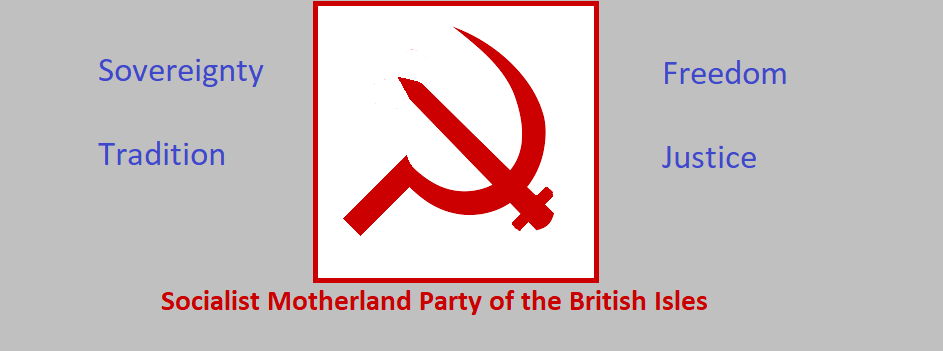
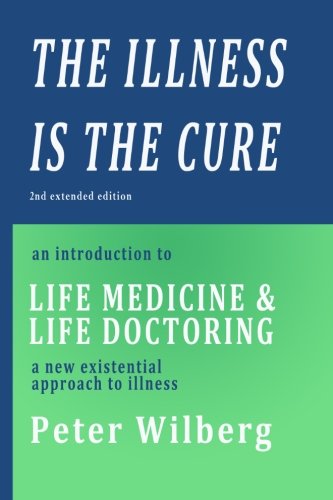




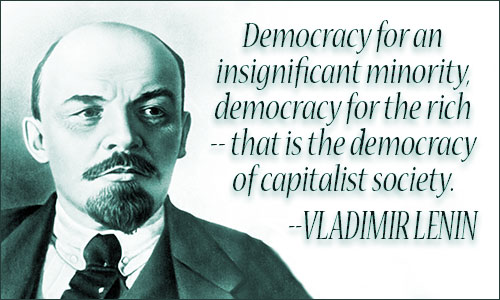



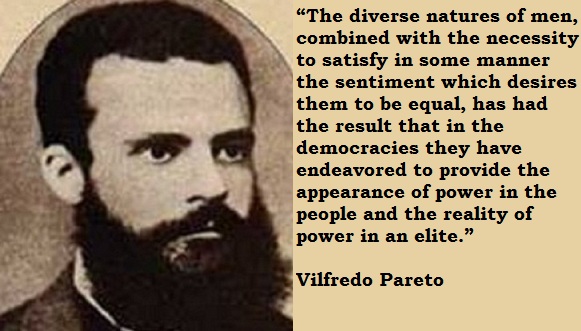
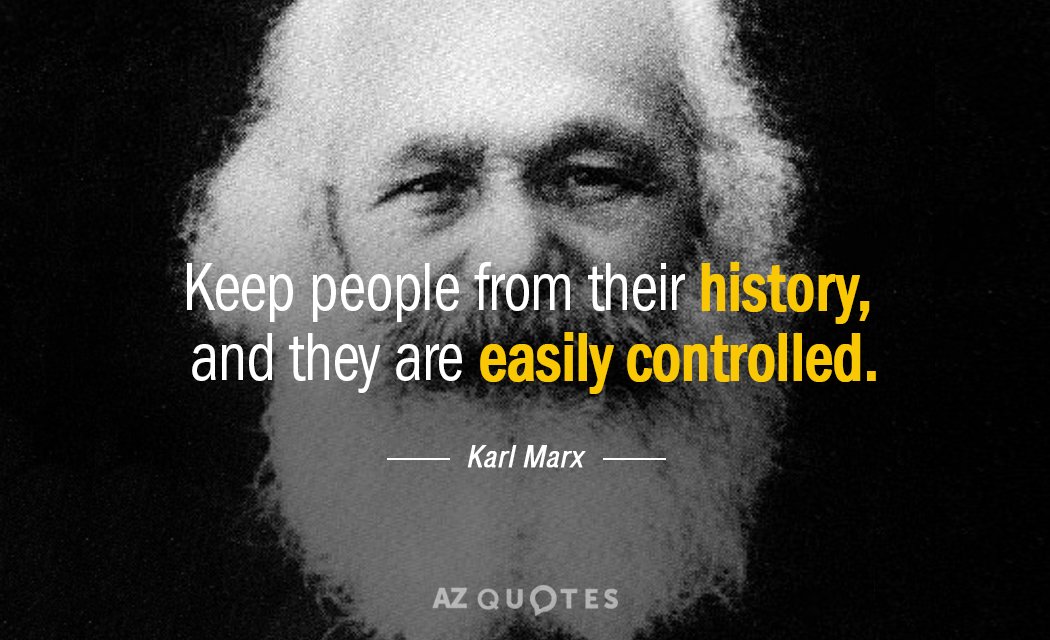
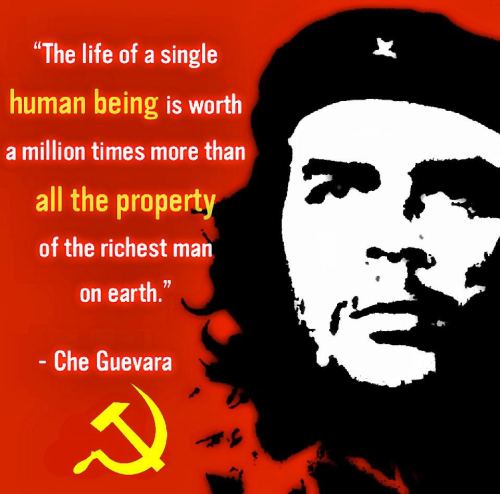

.jpg)
